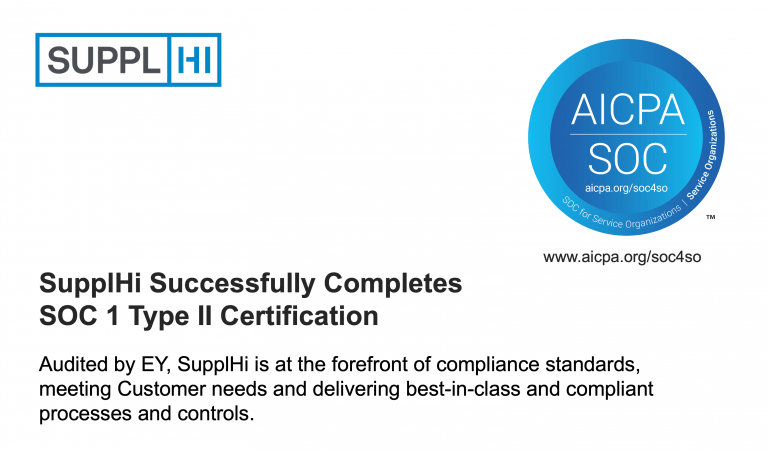Il prices have been on the rise for the past few months as a burgeoning world economy has led to an increase in demand. Nevertheless, the effects of the downturn that started in the last quarter of 2014 are still very much being felt today and will not disappear in the foreseeable future.
The slump in prices has acted as a catalyst for operators’ change in behavior in an industry that faced challenges of high costs and low productivity even in a high-price environment. International Oil Companies (IOCs) continue to focus on maintaining their dividend payment commitments and increasing cash flows and have thus been seeking to reduce costs by decreasing project inefficiencies through standardization and also spread risks, especially for large projects. Independent companies have also been increasing their efforts to reduce risks, whilst National Oil Companies (NOCs) have continued pursuing greater control of their resources and lower costs through a more integrated use of service providers. Overall, therefore, Engineering & Construction (E&C) Contractors have been facing three main demands from operators:
- a more integrated and standardized service provision
- willingness to share risks through outcome-based rather than cost-plus contracts
- greater focus on operational efficiency.
In response to new demands from operators and balance sheet difficulties due to the downturn in prices, a wave of consolidation has swept over the Oil&Gas E&C Construction industry since late 2014. Notable deals are shown in the following table:
All of these are clearly the result of a desire and need to increase the portfolio of skills, broaden the client base achieving global reach and reducing costs in order to transform into integrated service providers and have the stronger and more resilient balance sheets required to be able to share risks with operators. Looking for example at the companies arising from Technip and FMC Technologies’ merger or CB&I and McDermott’s one, it is evident that these are now both fully vertically integrated Contractors, able to support clients from initial appraisal to commissioning, and end-to-end firms, capable of working on Onshore and Offshore projects in the Upstream, Midstream and Downstream sectors. Moreover, both now also have a greater potential to increase their portfolio of technologies that can help them innovate and reduce capital and operating costs, thus attracting operators seeking to increase efficiency.
In a market demanding ever more integrated and cost-efficient solutions, the future of the E&C Contracting services industry holds more consolidation. Specialists relying on niche markets or technologies will find it harder to remain at the top of their field as the new integrated service providers exploit their vast range of capabilities to build up their portfolio of skills. These firms will provide attractive targets for larger Contractors looking to improve their service offering and are likely to be involved in consolidation transactions in the near future. Moreover, established contractors that have not yet worked towards expanding their capabilities and are seeing their market share decrease as more integrated competitors appear are likely to engage in M&A transactions. Some examples are WorleyParsons, which is said to be considering a merger with Aker Solutions, and Halliburton, which is among the firms interested in taking over Petrofac, whose share price has drastically decreased since May 2017 in the wake of a fraud investigation.



